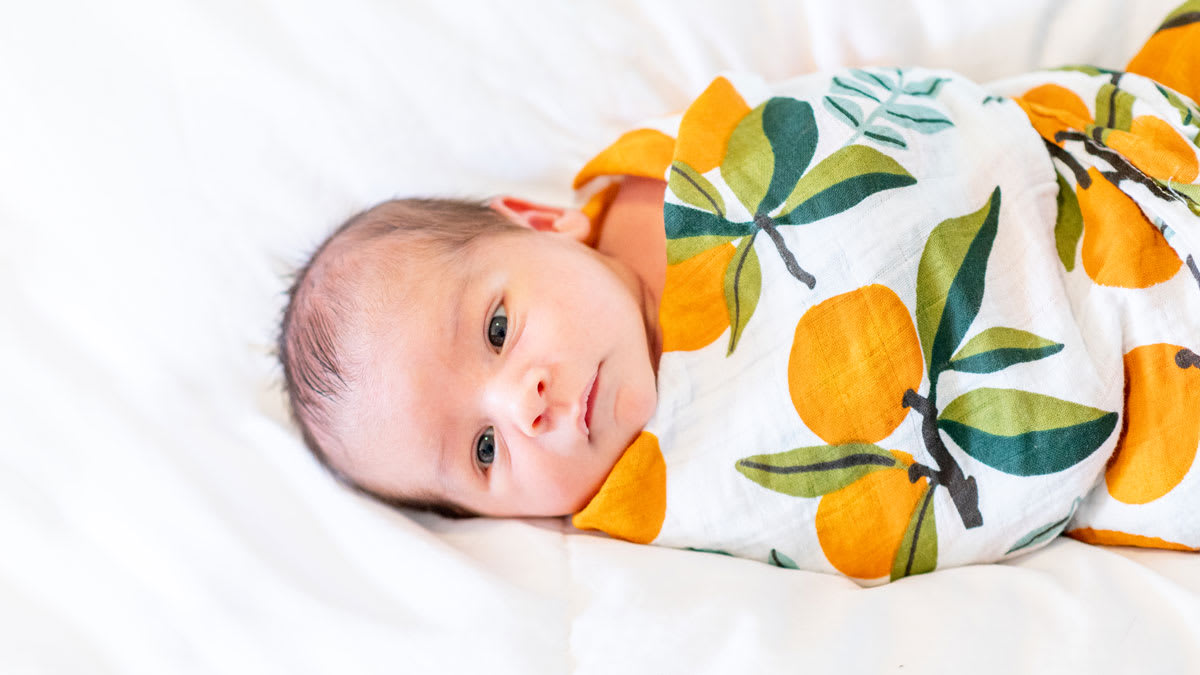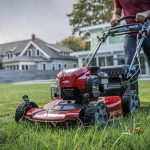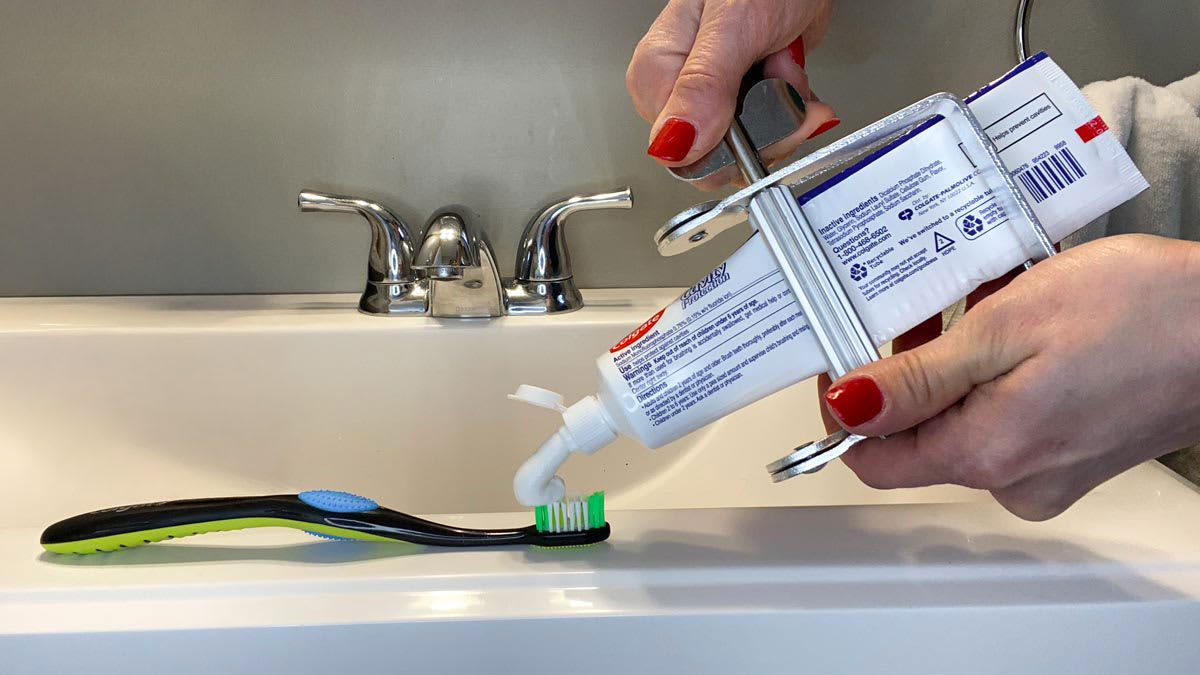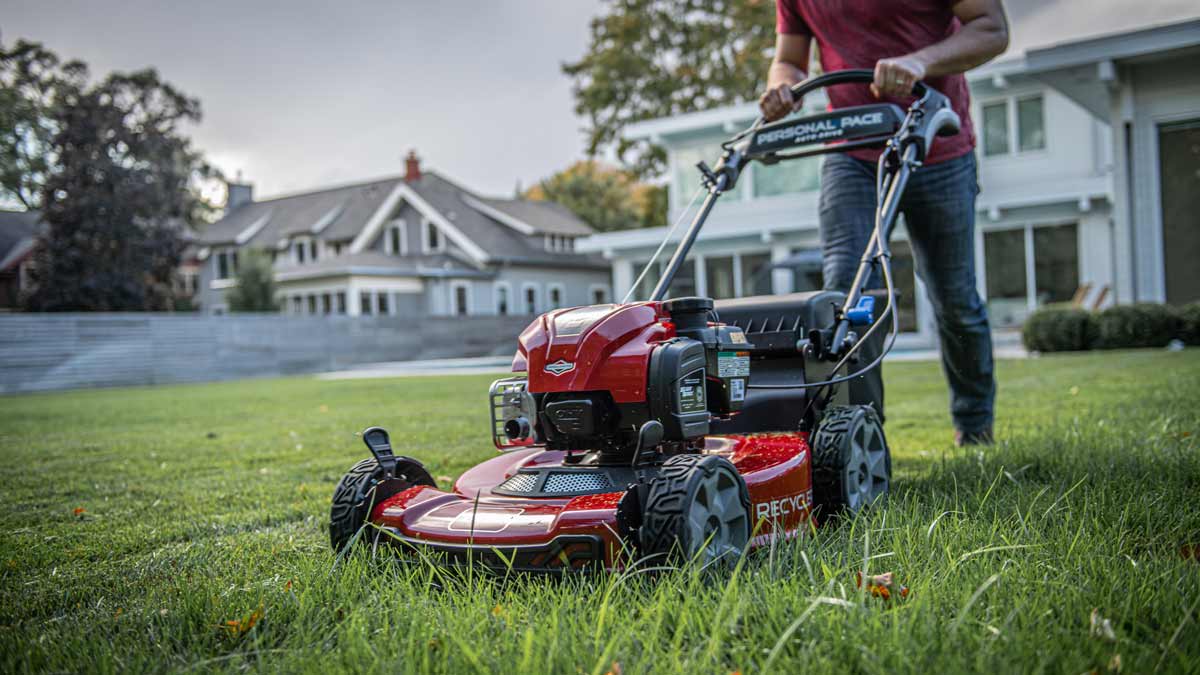
Once your baby is rolling over and can no longer be swaddled, you may wonder, what’s next?
The AAP advises against loose bedding and blankets for babies in their sleep area, which “can increase your baby’s risk of entrapment, suffocation, or strangulation.” This includes pillows, blankets, non-fitted sheets, toys, and any products that attach to the crib.
Instead, try a wearable blanket, also called a sleep sack or sleep bag. The AAP says that “infant sleep clothing, such as layers of clothing or a wearable blanket or sleep sack, is preferred over blankets and other coverings to keep a baby warm.”
“Wearable blankets are sleeveless garments babies wear over their pajamas to sleep and are used as transitional products when babies are ready to stop using a swaddle,” Casares says. They are a way to add that one extra layer of warmth or comfort for babies, while also being a safer option than traditional blankets, because “they aren’t loose in the crib . . . they’re specifically designed to stay on babies without covering their faces,” Casares says.
A sleep sack allows a baby to move around more freely—if they roll over, they can also roll back onto their back. The AAP says that sleep sacks that do not swaddle and that allow the baby to move freely “can be used as long as you want.” That’s excellent news—my 2-year-old son still prefers a sleep sack to any blanket, even asking for it when it’s bedtime.
“We want babies to move, especially when they hit that 12- or 14-week mark and they’re officially out of that fourth trimester, we want their bodies to move,” Lattuca says. “We want their gross motor development to start moving and even their fine motor development. We want their hips to be mobile. So actually having space to move around is good.”









